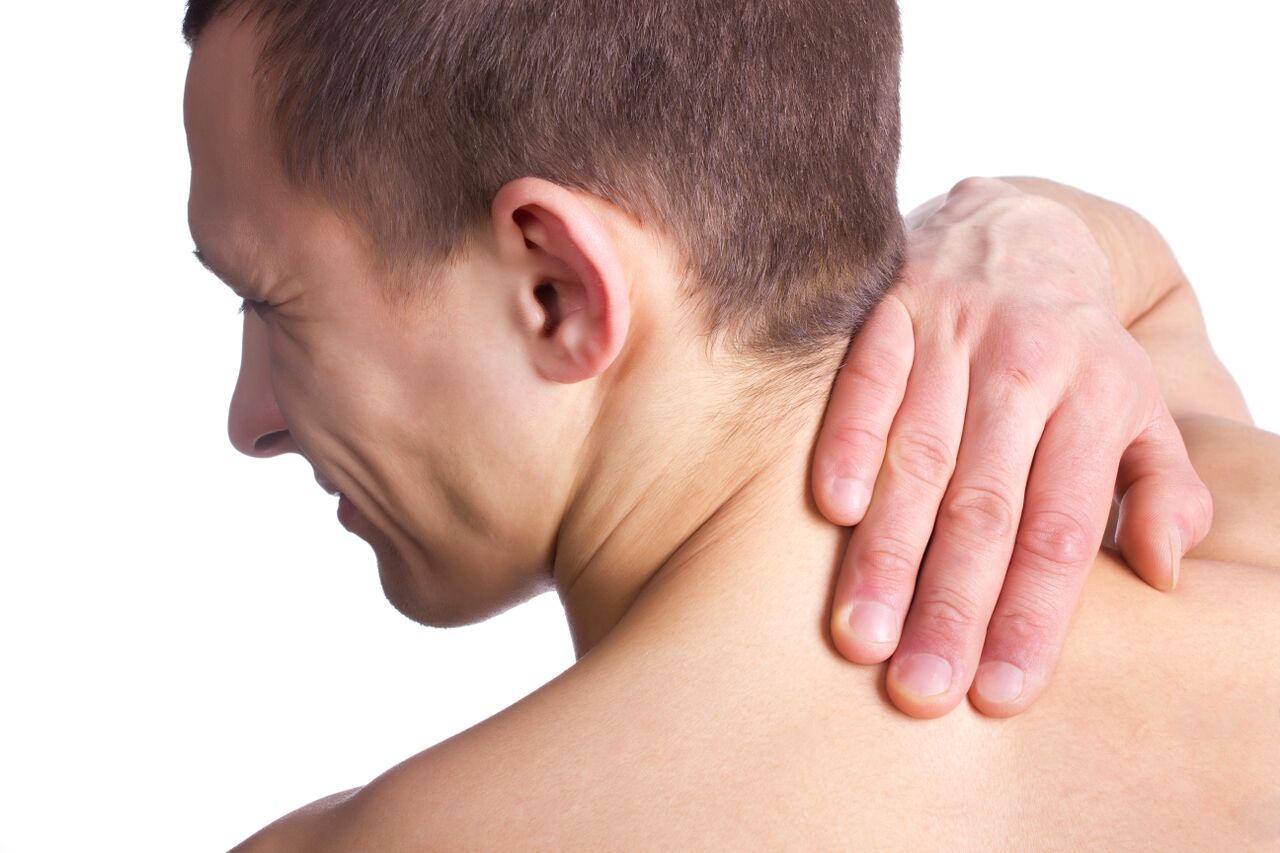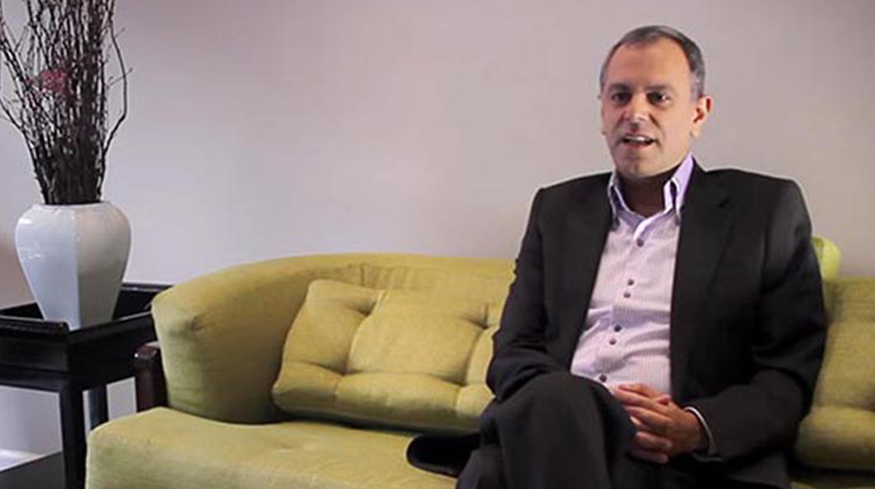 The spine is critical to the support of the body, providing balance and flexibility to the skeletal frame while absorbing shocks and daily stresses that are placed on our backs. Improper alignment or deformity of the bones within the spine, either as a result of abnormal development, trauma, or degenerative disease, can create a number of painful and debilitating symptoms. Scoliosis, which is the most common spinal deformity, predominantly affects children and adolescents in an estimated 2-3 percent of the population.
The spine is critical to the support of the body, providing balance and flexibility to the skeletal frame while absorbing shocks and daily stresses that are placed on our backs. Improper alignment or deformity of the bones within the spine, either as a result of abnormal development, trauma, or degenerative disease, can create a number of painful and debilitating symptoms. Scoliosis, which is the most common spinal deformity, predominantly affects children and adolescents in an estimated 2-3 percent of the population.
The goal of treatment for any spinal deformity is to alleviate painful symptoms and stop progression of the condition. Fortunately, many spinal conditions can be managed conservatively. When misalignment progresses or causes more severe symptoms, however, surgical stabilization of the spine can offer life-changing, lasting results. To learn more about spinal curvature, please visit the scoliosis page on MedicineNet.
The team of spinal specialists at ProMedSPINE are board-certified neurosurgeons with fellowship training in advanced spine surgery. Each of our expert surgeons has undergone extensive training in advanced minimally invasive surgical techniques and incorporates the most sophisticated technologies into each of our three locations – Beverly Hills, Encino, and Valencia. To learn more about scoliosis treatment options or to schedule your initial consultation, you may contact us by calling 888-75-SPINE.
Treatment Options for Spinal Deformities
While scoliosis is the most common spinal deformity, a number of conditions can alter the balance within the spinal cord and lead to painful or debilitating symptoms. Spinal deformities are generally classified as one or a combination of the following:
- Scoliosis – abnormal lateral (side-to-side) curvature of the spine that can involve both the thoracic and lumbar regions
- Kyphosis – abnormal curvature of the spine from front to back that causes the weight-bearing balance of the spine to shift forwards
- Spondylolisthesis – deformity in which one or multiple vertebrae slip forward in relation to the vertebrae below
Symptoms
Scoliosis and related deformities can develop at any age, but most often present in children between the ages of 10 and 15. Since scoliosis at this age can worsen with growth, screenings are typically performed at schools throughout the U.S. to detect a deformity in its earliest stages. Symptoms which may indicate a spinal deformity include:
- Slumped posture
- Uneven shoulders or waistline
- Rib cages at different heights
- Middle or lower back pain
- Weakness in thigh/legs
- Breathing problems (in severe cases)
Non Surgical Treatment
Once diagnosed with scoliosis or another spinal deformity, treatment is highly dependent on the age of the patient and extent of their condition. Non-surgical treatment is typically recommended if abnormal curvature within the spine is less than 40 degrees, does not cause breathing problems or severe neurological symptoms, and is not progressing rapidly.
Back bracing is a conservative treatment that can be effective in individuals who have not reached skeletal maturity. A brace is fit to the individual patient and worn for up to 16 hours a day, with routine follow-ups to monitor progress. Studies have shown that bracing can stop curve progression in up to 80% of children with scoliosis.
Surgical Treatment For Scoliosis
When non-surgical therapies fail to prevent progression of a spinal deformity or a patient is found to have an abnormal curvature greater than 40 degrees, surgery is the treatment of choice. Spinal fusion surgery is a well-established and highly effective treatment to correct scoliosis as well as degenerative diseases within the spine. The procedure involves replacing discs within the curved segment with bone grafts to create a solid union between vertebrae. Rigid rods are then attached to straighten the spine while fusion takes place. Most of these procedures can be done through a 1-inch small incision. Depending on the patient, Dr. Gravori may use the following surgical techniques.
- TLIF: Transforaminal Lumbar Interbody Fusion (TLIF) is performed with incisions made through the back of the spine.
- XLIF: Extreme Lateral Lumbar Interbody Fusion (XLIF) is performed with incisions along the side of the patient, and is less commonly used for spinal deformities requiring multiple fusions
While spinal fusion traditionally requires an “open” surgical approach, our doctors are often able to perform a minimally invasive technique known as endoscopic/microscopic spinal fusion. Endoscopic/microscopic spinal surgery uses a highly sophisticated optic tool to transmit clear, visible pictures of the spine to a television monitor inside the operating room. This allows our team to view and operate on critical areas of the spine through much smaller incisions with unparalleled precision. Benefits of minimally invasive spinal fusion include faster recovery time, less blood loss, minimized tissue damage and reduced post-operative pain compared with traditional open surgery. Before undergoing surgical correction of scoliosis, our doctors will take the time to carefully assess your condition and determine which procedure is right for you.
Contact an Expert Spinal Surgeon in Los Angeles
At ProMedSPINE, each of our doctors is a board-certified neurosurgeon specializing in orthopedic and neurological spine surgery and pain management. They are leading experts in minimally invasive spine surgery and utilizes the most advanced surgical techniques to treat scoliosis and other conditions affecting the spine.
To learn more about our treatment approach to spinal deformity or to schedule your initial consultation, please call 888-75-SPINE or fill out our online contact form.
Next, please read about sciatica, also known as radicular pain.
